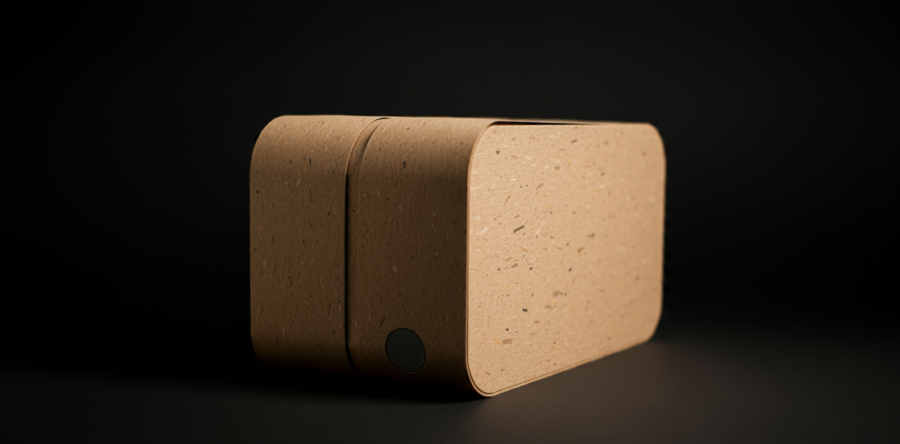Why Molded Pulp is the Future of Packaging

As 2024 winds down, conversations about sustainability have only grown louder. Molded pulp packaging has help us to redefine how we ship, store, and protect products. From wine bottles to personal care items, molded pulp is steadily replacing traditional, less sustainable options like plastic. But what makes it the future of packaging?

1. It’s Completely Eco-Friendly
Molded pulp is made from recycled paper, cardboard, and other biodegradable materials. Unlike plastic, which can sit in landfills for hundreds of years, molded pulp naturally decomposes without causing harm. It’s like the packaging version of a guilt-free dessert—good for your products and even better for the planet.
And the best part? You’re not sacrificing performance for eco-friendliness. Molded pulp is sturdy enough to protect fragile items like glass bottles and electronics.
2. Customizable for Every Industry
One size does not fit all, and molded pulp knows that. Whether you’re shipping bottles of wine, skincare sets, or electronics, molded pulp can be molded (pun intended) to fit your product perfectly.
Businesses love it for its versatility:
- Food and beverage: Keep bottles secure with tailored inserts.
- Personal care: Showcase soaps and creams in sleek, protective trays.
- Tech gadgets: shield your products with eco-friendly yet shock-resistant designs.
This customization reduces the need for excess packaging, meaning fewer materials wasted and more happy customers impressed by your thoughtful branding.
3. A Cost-Effective Option
Think going green is expensive? Think again. Molded pulp offers a cost-effective solution for businesses. Its production relies on widely available recycled materials, keeping costs low compared to the rising prices of plastics. Plus, its lightweight design saves on shipping costs—a win-win for your wallet and the environment.
4. Brands Love the Premium Look
Eco-friendly doesn’t mean boring. Molded pulp offers a minimalist, high-end aesthetic that’s appealing to modern consumers. Think clean lines, natural textures, and a design that screams “We care about the planet.”
For example, brands in the wine and spirits industry are moving toward molded pulp shippers not only for sustainability but also for the sophisticated unboxing experience it creates. It's Instagram-worthy packaging with a purpose.
5. Consumer Demand for Sustainable Packaging is Rising
Shoppers are more eco-conscious than ever. A recent survey revealed that nearly 75% of consumers prefer buying from brands with sustainable practices. By switching to molded pulp packaging, your business signals that it’s aligned with modern values—making it more attractive to this growing demographic.
Packaging can be a deal-breaker for many customers. Plastic overload? Hard pass. But a product encased in sleek, recyclable molded pulp? That’s a green light (literally).
6. It’s a Smart Move for the Future
Let’s face it: governments around the world are cracking down on plastic. From bans to fines, the pressure is on for businesses to find alternatives. By adopting molded pulp packaging now, you’re ahead of the curve. You’re not just meeting the current demands—you’re preparing for the inevitable future of packaging regulations.
7. It Supports the Circular Economy
When you choose molded pulp, you’re participating in the circular economy—where resources are reused and regenerated rather than wasted. Molded pulp packaging can be recycled into new packaging materials, closing the loop and reducing environmental strain.
Final Thoughts
As we step into 2025, the future of packaging is clear: sustainable, smart, and molded pulp all the way.
If your company hasn’t made the switch yet, now’s the time. Explore our range of molded pulp packaging solutions and join the movement toward a greener tomorrow.
Looking for eco-friendly packaging that’s as stylish as it is sustainable? Check out our offerings and leap molded pulp. It’s the future, and it’s here.




